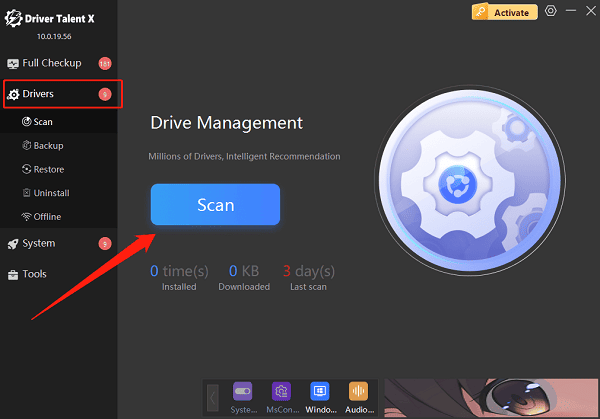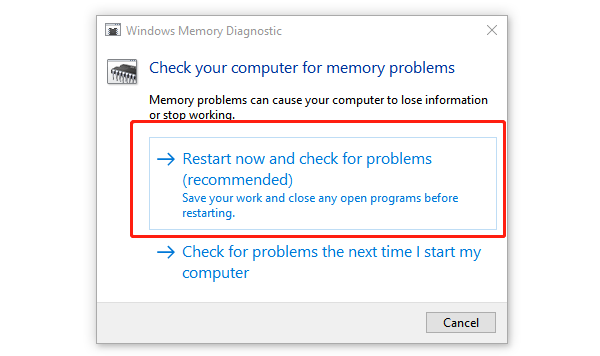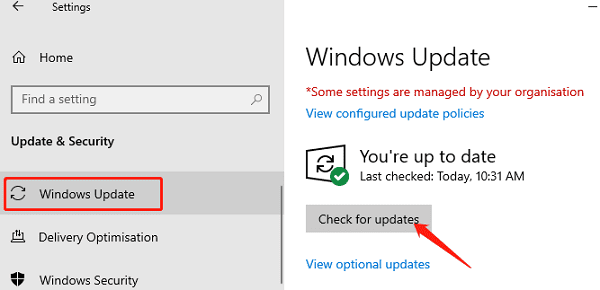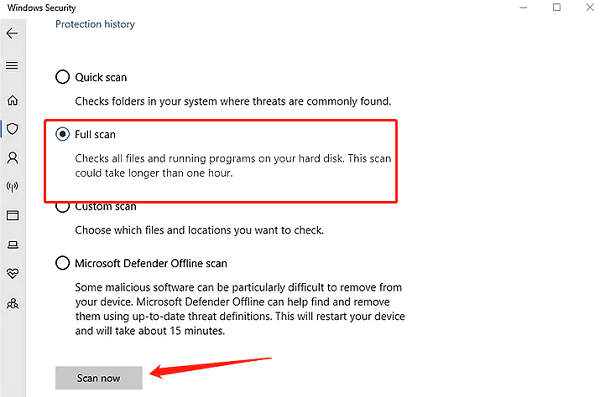"VIDEO_MEMORY_MANAGEMENT_INTERNAL" Blue Screen is one of the common BSOD issues in Windows systems, typically related to graphics drivers, memory management, or hardware failures. This error may cause sudden system reboots and can impact computer performance and data security.
This article will analyze the causes of this error in detail and provide multiple practical solutions to help you quickly fix the blue screen problem and restore system stability.
1. Symptoms of the VIDEO_MEMORY_MANAGEMENT_INTERNAL Blue Screen Error
Sudden blue screen crash with the error code "VIDEO_MEMORY_MANAGEMENT_INTERNAL"
Frequent system restarts or failure to boot
Crashes during gaming or video playback
Abnormal status of the graphics driver in Device Manager
Lag or unresponsiveness when running large programs
2. Common Causes of the Error
Graphics driver issues:
Outdated, corrupted, or incompatible graphics drivers are the primary cause of this BSOD.
GPU hardware malfunction:
Aging GPUs, poor heat dissipation, or physical damage may lead to video memory management failure.
RAM issues:
Damaged or loose RAM modules can affect memory management and trigger a BSOD.
Corrupted system files:
Missing or damaged Windows system files can affect driver functionality.
Software conflicts or malware:
Third-party software or malware can interfere with memory management processes.
3. Fixes for the VIDEO_MEMORY_MANAGEMENT_INTERNAL Error
Step 1: Check for Driver Updates
Faulty drivers are a major cause of blue screens in Windows. It's recommended to use Driver Talent X, which can automatically detect, download, and install the best drivers for your system.
Click the download button to get the latest version of Driver Talent X.
Launch the tool and go to the "Drivers" section. Click "Scan" to detect all outdated or missing drivers.

Locate the graphics driver in the results and click the "Upgrade" button.
Restart your computer after the update to apply the changes.
Step 2: Run Windows Memory Diagnostic
Press Win + R, type "mdsched.exe", and press Enter.
Click "Restart now and check for problems (recommended)".

The system will restart and perform the memory test (may take several minutes).
After rebooting, Windows will display the result automatically.
Step 3: Run System File Checker
Press Win + S, type "cmd".
Right-click "Command Prompt" and choose "Run as administrator".
Enter the following command and press Enter: sfc /scannow
Wait for the scan and repair process to complete, then restart your computer.
Step 4: Update Windows System
Go to Start > Settings > Update & Security.
Under "Windows Update", click "Check for updates".

If updates are found, click "Download and install".
Restart your PC after installation.
Step 5: Perform a Security Scan
Using Windows Defender:
Open Settings > Update & Security > Windows Security > Virus & threat protection, then select "Full scan".

Alternatively, use third-party antivirus software for a deeper scan.
Remove any detected threats and restart your computer.
Step 6: Check RAM Hardware
Turn off your PC and unplug the power.
Open the case, remove the RAM sticks, and reinsert them firmly.
Clean any dust from the slots and RAM contacts.
If using multiple sticks, test them one at a time to isolate faulty modules.
Step 7: Monitor Hardware Temperature and Cooling
Use tools to check CPU, GPU, and motherboard temperatures (CPU < 85°C, GPU < 90°C is ideal).
Open the case to check if fans are working and clean any dust buildup.
Reapply thermal paste if necessary or consider upgrading the cooling system.
Laptop users can use a cooling pad for better heat dissipation.
4. Tips to Prevent VIDEO_MEMORY_MANAGEMENT_INTERNAL Errors
Regularly update graphics drivers and Windows system.
Keep hardware clean to prevent overheating.
Avoid installing unverified or suspicious software.
Back up important data regularly to avoid loss during system failures.
5. FAQ
Q1: How to enter Safe Mode after a blue screen crash?
A: Press F8 repeatedly during boot or use Windows Recovery Environment to access Safe Mode.
Q2: What if the problem persists after updating drivers?
A: Roll back to the previous driver version or use System Restore.
Q3: How do I test my RAM thoroughly?
A: Use Windows Memory Diagnostic tool for advanced testing.
The VIDEO_MEMORY_MANAGEMENT_INTERNAL blue screen error can be serious, but in most cases, it can be resolved effectively by updating drivers, checking memory, and repairing system files.
Hope the solutions provided in this article help you quickly restore your computer's stability. If the issue persists, consider contacting a professional technician or hardware support for further diagnosis.
